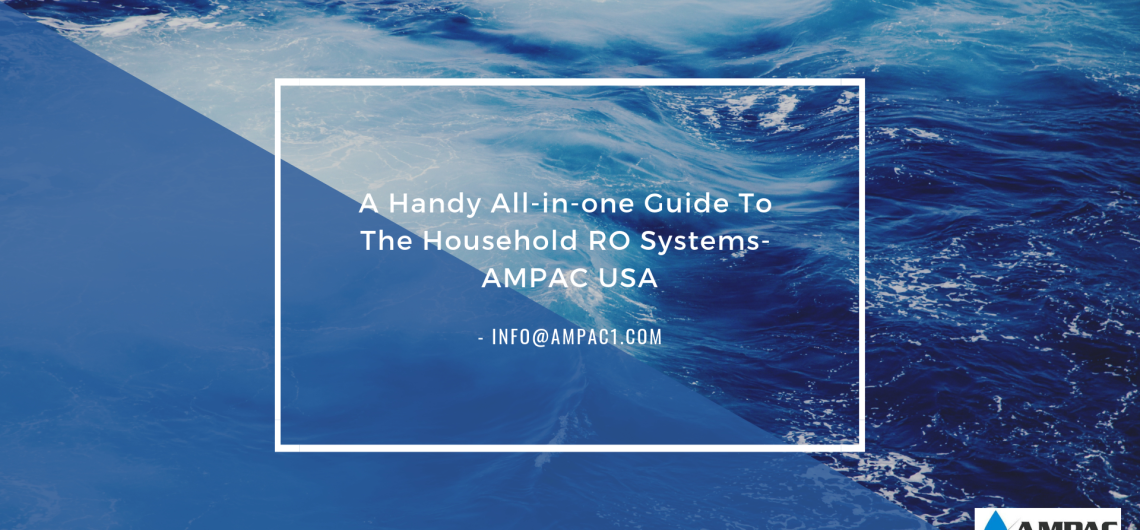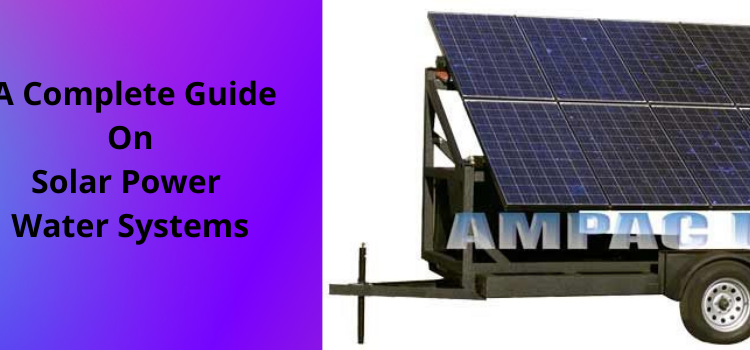Today almost every house owns an RO system to get safe drinking water for their families. However, even today a lot of individuals struggle with the disadvantages of the reverse osmosis machine citing the fact that it is either not efficient or it is not useful enough. Reverse Osmosis is the best method by far to purify water coming in our supplies and making it suitable for consumption. Even though the process does have its cons, it is the best chance at not falling prey to harmful diseases. This article is an all in one guide to the Household RO of any kind.
Description:
Reverse Osmosis is at times misunderstood. Households that use RO systems continue using them but have constant queries regarding their efficiency and maintenance. This is mostly because the cost of maintaining an RO filter is not much at an individual level and so, at times they let it be as it is.
When compared the usage of Reverse Osmosis for industrial purposes with that of the individual, we get to know where we are going wrong. Industries are large businesses meant to make profits and manufacture products at the lowest cost possible. This means they focus more on cost-cutting wherever possible without affecting the quality, be it an extra process, an excess of costs in repairs and maintenance. Most of these industries have large reverse osmosis systems involved in manufacturing and so incur a huge cost for operation and maintenance. However, their methods for regular servicing and maintenance of their systems has led to an efficient machine that runs without any wastage and breakdowns.
This is a method for cost-cutting, as maintaining a machine from the very start and having a strategy for its effective use can save millions of dollars in repairing and loss of time. Not at that scale but some of the practices that industries apply for their businesses can be toned down for individual households too. There are some best practices one can use to make the best out of their RO.
The Basics
Generally, one has to start with the equipment itself. One must know the basics of their machine, the filters, the membranes. And all of this can be easily acquired by asking the local RO expert or the serviceman who comes to install it. It has been found that individuals that have knowledge about their RO filters have lesser queries and call for service and maintenance. This is because they either gain the skill to solve a low-level problem themselves or operate the machine with care. Membranes are a vital part of the RO system without which the whole system collapses. This membrane is sensitive to many elements present in the supply of your water. Having the knowledge and know-how of your machine can help you keep the RO working for a longer time.
RO membranes are sensitive to many chemical agents and microorganisms. These can form layer upon layer on the membrane causing blockages in the pores which don’t allow the flow of water. And so, the RO unit will consume more energy and time to filter water than it usually does.
The tip for a better RO
The tip is just to simply know the composition of your water supply. Is it hard water or within the levels of supplying in the filter? Having the water quality of your supply can also save time and money. In case the supply contains hard water, you can install a pre-filter used to treat the water before it goes through the membrane. This little practice can save energy and maintenance cost of your membrane and give it a longer life. Some other tips involve:
- Get your water supply checked for the quality and hardness.
- Ensure that the information is conveyed to the RO Expert for better results.
- If possible, take second and third opinion once the model and its purposes are decided.
- Once confirmed, ask the expert to inform you as much as they can on water supply, maintenance, better practices, and possible issues to look out for.
Knowing your water supply can also help you decide which kind of filter would you need. At times, the water supply is good which is why people are suggested to install a 3-stage filter. However, for areas near brackish water resources, the sea, and industries, it is suggested to install a 4 or 5 stage RO filter due to the increase in the number of impurities per cubic mm of water. One finds that with the increase in stages of filters, the probability of more rejected water increases too.
What about the rejected water?
And this brings us to another query that individuals have which is related to the amount of water rejected as a part of the filtration process. Yes, the filter rejects water it deems inappropriate according to its functions of filtration and more often than not, it is more in amount than actual consumable water. This is simply because the water supply is equally impure containing harmful ions, chemicals, and microorganisms. If it is a 3-stage filter installed in an area with more brackish water, the consumer will end up with health issues and diseases. On the other hand, 4 or 5 stage filters reject more water due to more impurities. The ways in which people can efficiently make use of the rejected water. The water is not suitable for drinking but can be used for other household purposes like cleaning the house, washing the car, watering the plants etc. Obviously, one will have to be sure of what profile is the water or else, they’ll end up having watermarks all over their car surface due to hard water effects.
Conclusion
One should get in touch with their local expert and serviceman to know more about how to make the best out of your RO filter. The water profiling of the water supply can help you plan on installing a pre-filter and using the rejected water in various activities. Ensuring regular checks and maintenance can also increase the life of the filter.
Reverse osmosis has a lot of scope for improvement, it is, to an extent, not efficient, but one can make use of little day to day tips and practices to make the best out of their RO filter. One practice today can save huge amounts of energy and money in the future. The process is the best filtration process yet and with advancement in technologies, it is expected to overcome all its drawbacks in no time.
Author’s Bio:
Ampac USA is a leading manufacturer of advanced reverse osmosis water treatment systems. For over 30 years the company has been providing its customers and clients around the world solutions to their water treatment problems. With years of an impressive track record, Ampac strives to develop solutions to make reverse osmosis systems, advanced for improved quality and cost efficiency.









